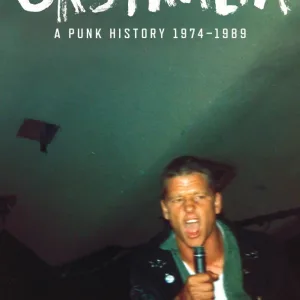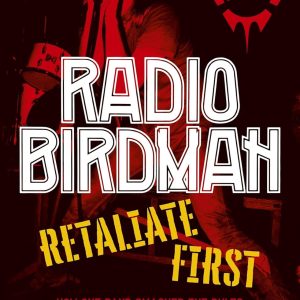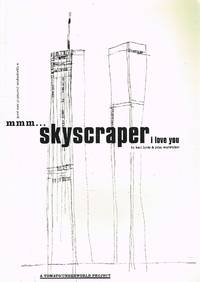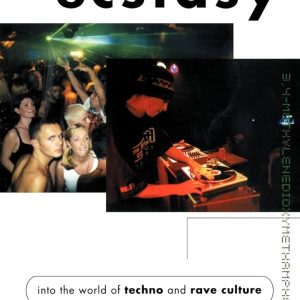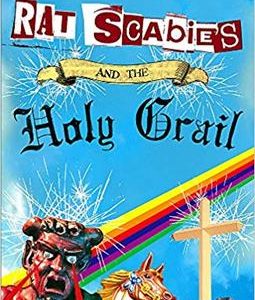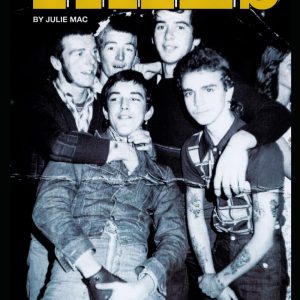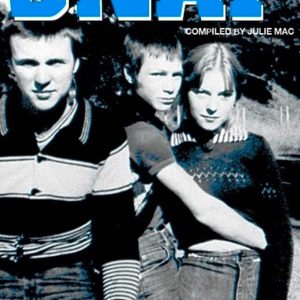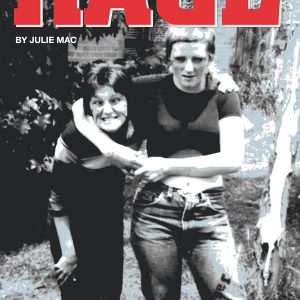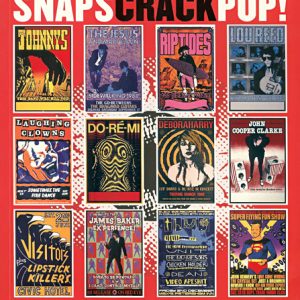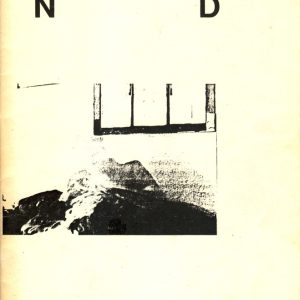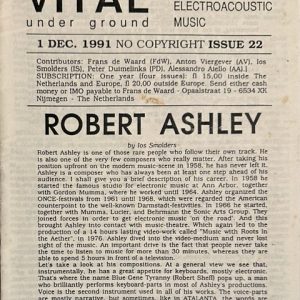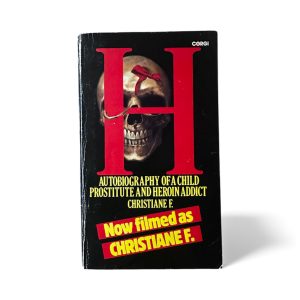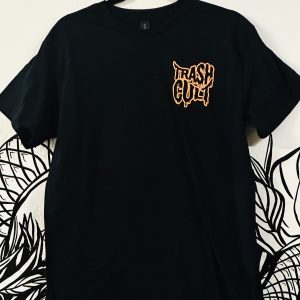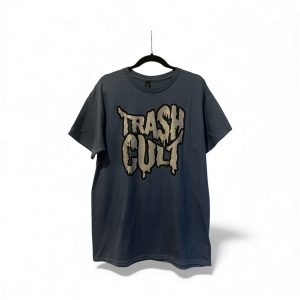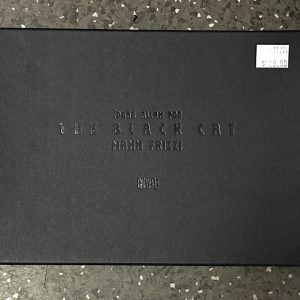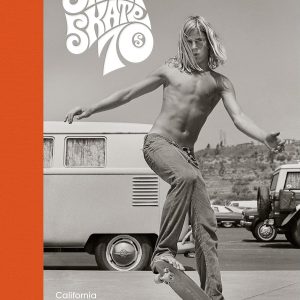Orstralia; A punk history 1974-1989 by Tristan Clark
$40.00Radio Birdman; Retaliate First by Murray Engleheart
$37.00Idols; Gilles Larrain
$150.00Mmm…Skyscraper I Love You; Karl Hyde & John Warwicker
$75.00Generation Ecstasy into the world of techno and rave culture; Simon Reynolds
$75.00Rat Scabies and the Holy Grail; Christopher Dawes
$65.00TAILS Sharpies Urban Folk Devils and Folk Tales 1960’s-1980’s; Julie Mac
$35.00SNAP Sharpies Urban Folklore Australia 1952-1987; Julie Mac
$35.00RAGE A Sharpie’s Journal Melboourne 1974-1980; Julie Mac
$35.00SNAPS CRACK POP! John Foy & Jim Paton
$66.00ND 3 Zine – Contact Exchange Document – Issue 3 – June/July 1984 – mail art – performance art – industrial and experimental music, video, and film – Daniel Plunkett
$55.00VITAL Zine: Issue 22 – December 1991 (Contemporary Underground Magazine for Electronic and Electroacoustic Music) Frans de Waard – ROBERT ASHLEY
$35.00Frans de Waard published Vital, a fanzine for electronic and electroacoustic music, from 1987 to 1995. It was a low-budget, Xeroxed publication, bearing the revolutionary instruction: ‘No Copyright Publication. Reprint Now!’ It featured interviews with Asmus Tietchens, O Yuki Conjugate, Merzbow, P16.D4, Pierre Henry, Jim O’Rourke, Brume, Döc Wor Mirran and many others, hosted discussions on copyright, plagiarism and plunderphonics, house music, ambient music, cassette culture and noise, and included contributions from musicians such as Leigh Landy, Godfried Willem Raes, John Duncan, and GX Jupitter-Larsen. Every issue included reviews of cassette releases, LPs, CDs and books. A total of 44 issues were published. Vital moved online in 1995, where it appeared every week since as Vital Weekly.
Frans de Waard has played with Kapotte Muziek to Beequeen (with Freek Kinkelaar), Goem (with Roel Meelkop and Peter Duimelinks, both of whom are also a member of Kapotte Muziek), Zebra (with Roel Meelkop) as well as solo projects under the moniker Freiband and Shifts, and under his own name. De Waard worked for Staalplaat (1992-2003) and since 1986 as a reviewer for his own independent zine publication Vital. VITAL zine is a lively record of the heyday of cassette culture and industrial music, but also of developments in the wider field of electronic music.

